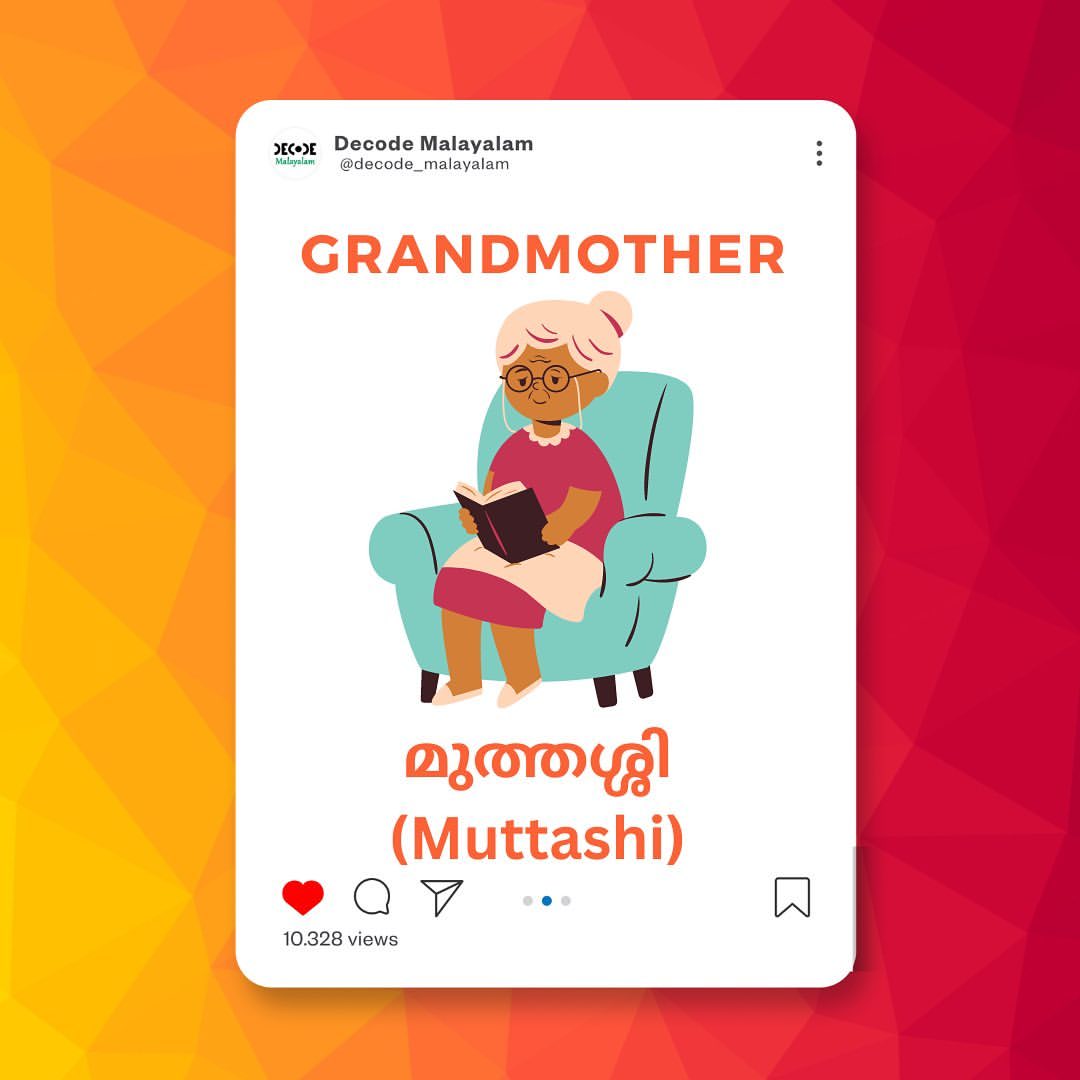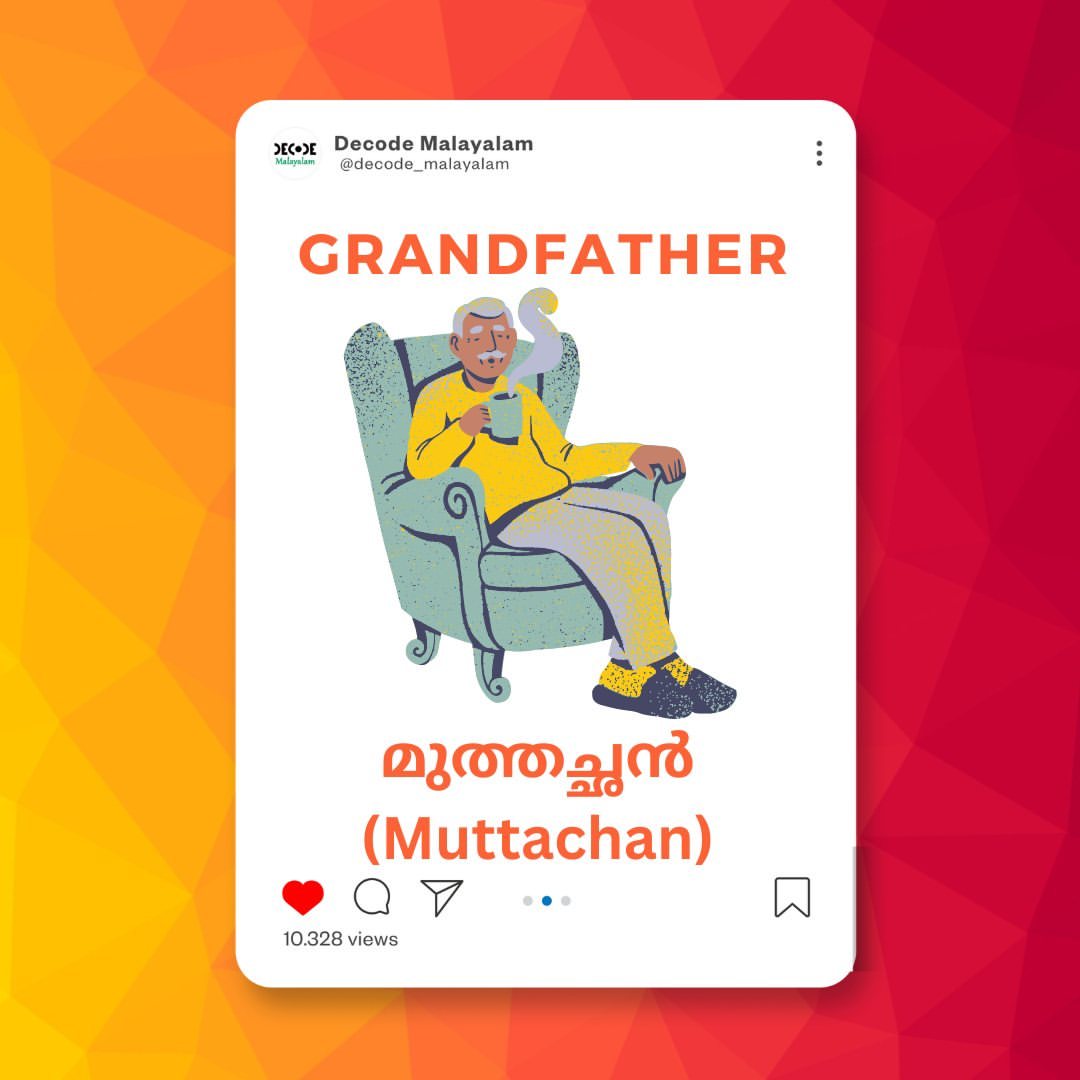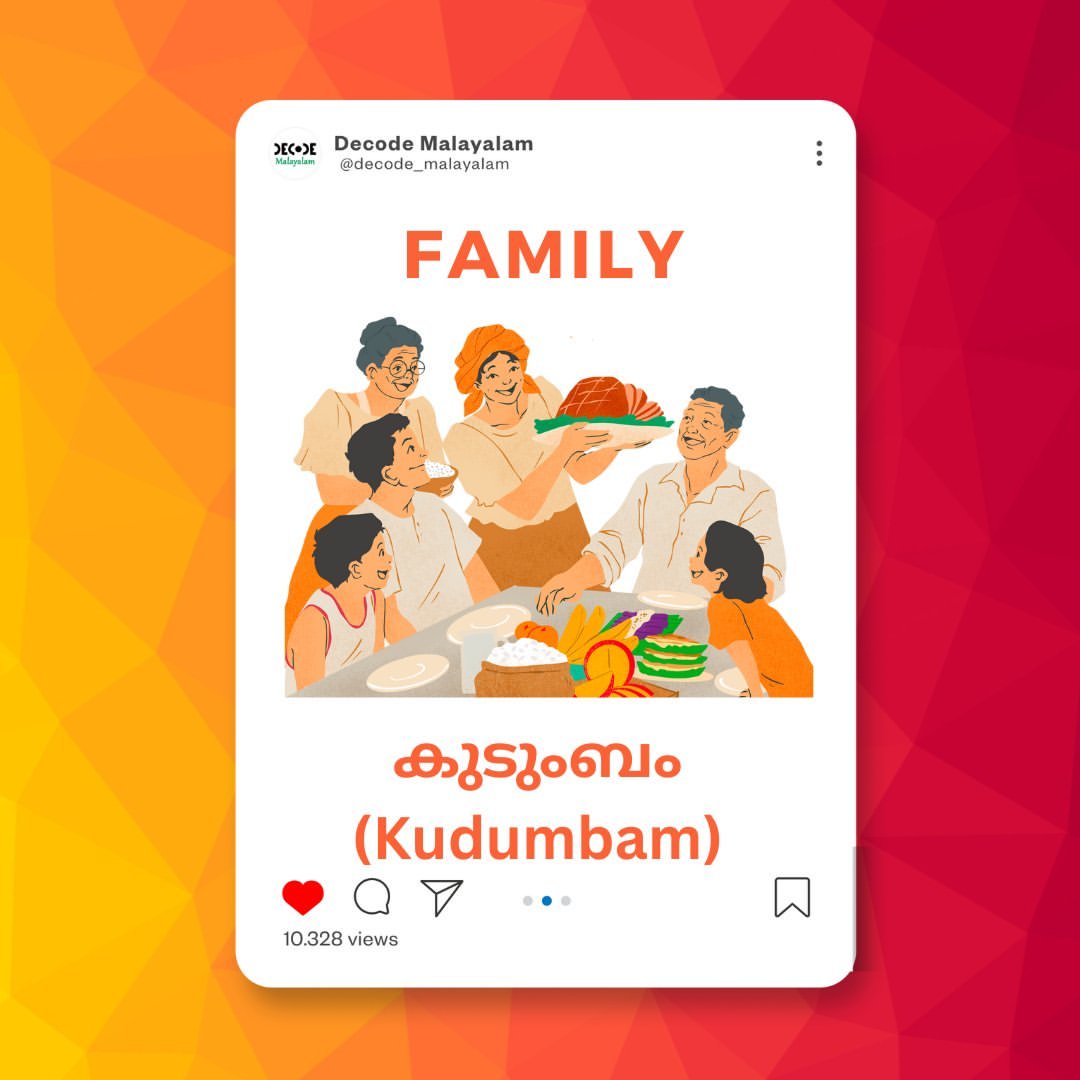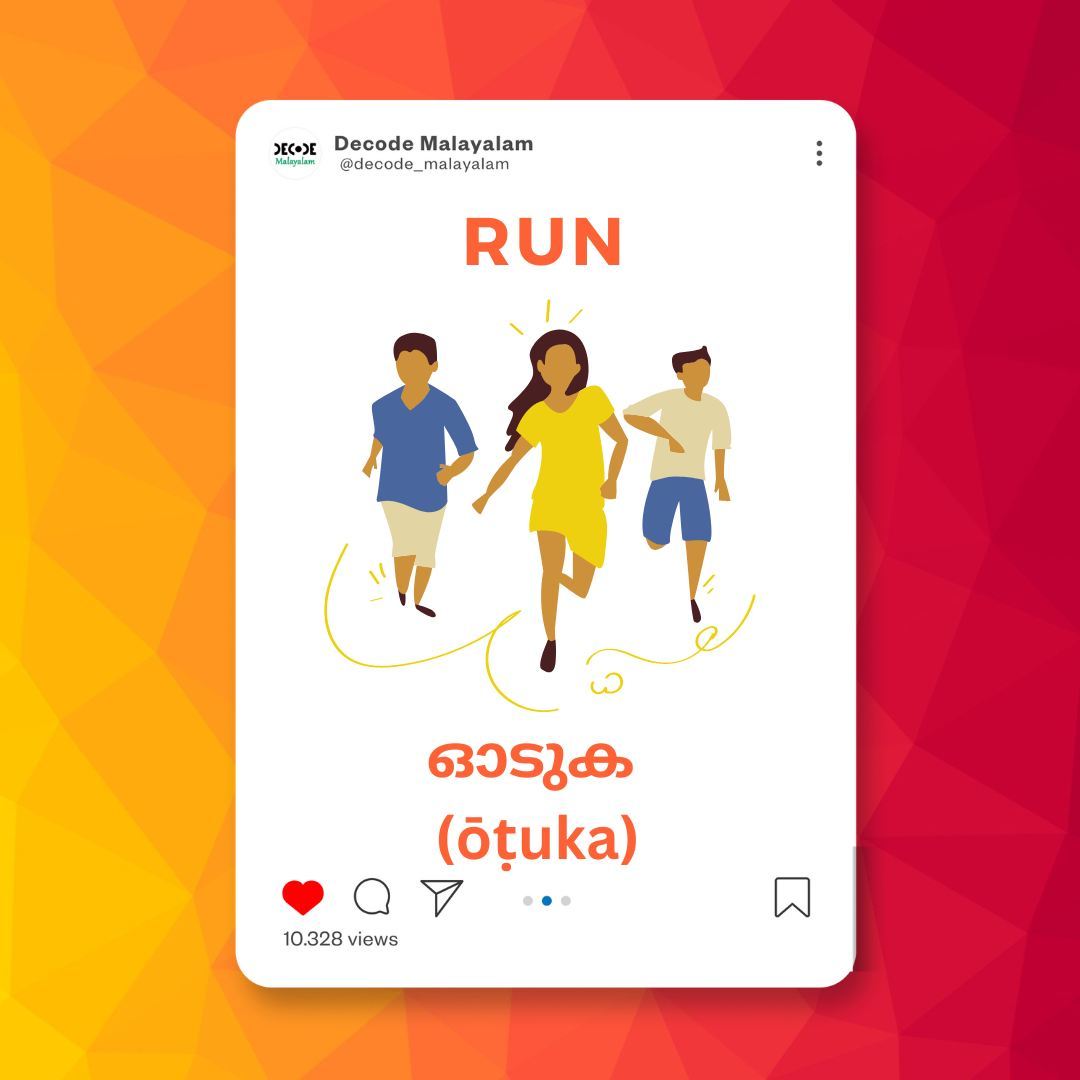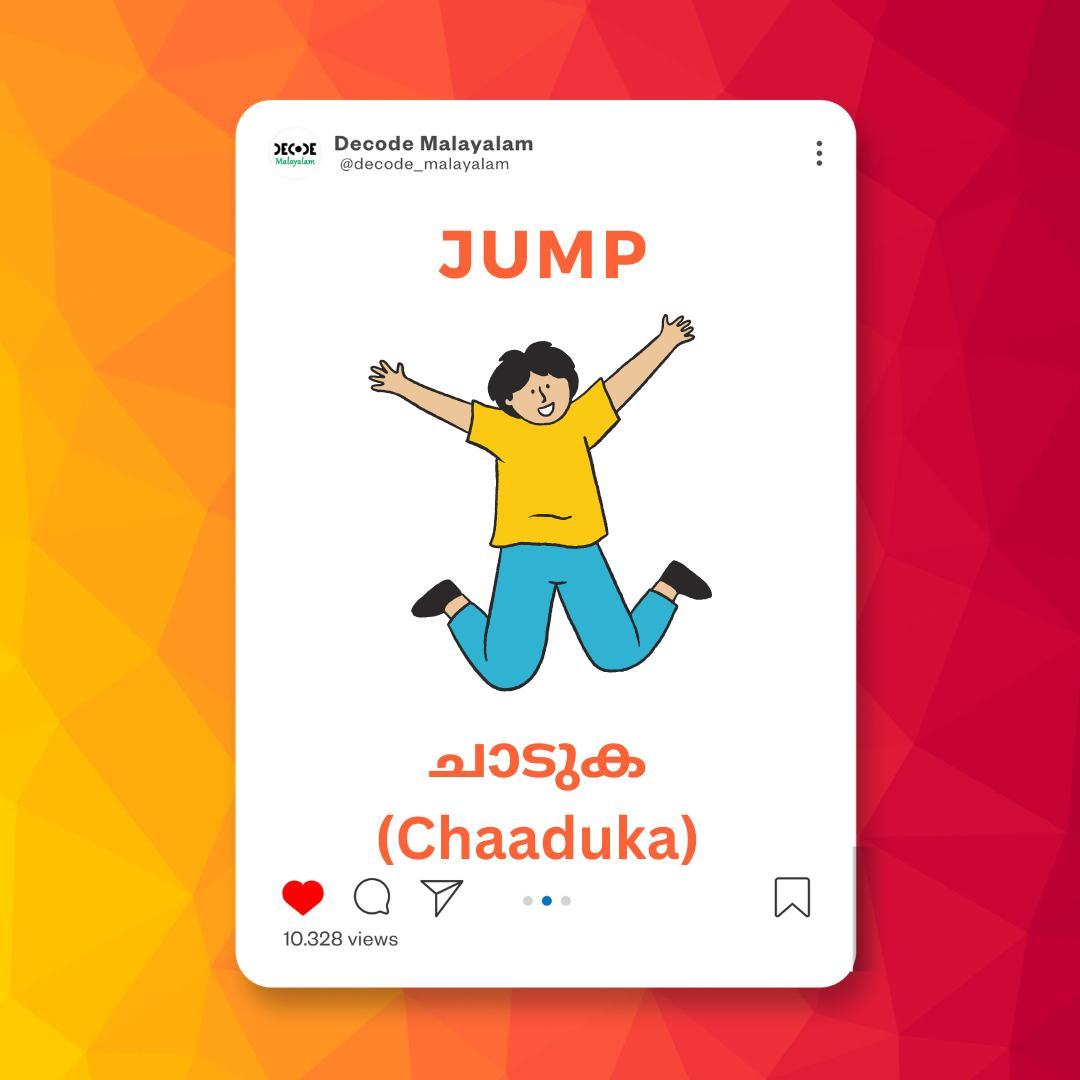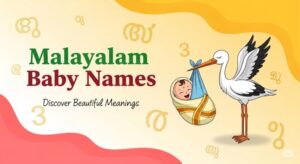Kuttichathan: Kerala’s Mischievous Spirit and Its Legends – A Guide
Deep in the heart of Kerala’s folklore, where tales of ancient spirits and mystical beings intertwine with daily life, there exists a figure unlike any other: the **Kuttichathan**. More than just a spirit, the Chathan is a complex character—a mischievous goblin, a protector, a servant to black magic, and a child of myth. His presence in stories can evoke both a sense of playful awe and genuine fear. This guide will take you on a journey through the fascinating and sometimes chilling world of Kuttichathan, exploring his origins, the different facets of his personality, and his enduring legacy in Kerala’s culture.
Who is Kuttichathan? The Core Myth
In Malayalam, `Kutti` means child and `Chathan` is a term for a spirit or goblin, a diminutive name for a powerful entity. He is often depicted as a small, dark-skinned, and sometimes naked child with a mischievous grin. His origins are debated and are tied to various legends, but the most popular belief is that he is a supernatural entity created through powerful black magic rituals (`manthravadam`). In some versions, he is considered a divine being, a `Bhootha Gana` or a servant of Lord Shiva, who was cast down to Earth for his pranks. This dual origin—one of divine descent and another of human creation—makes the Kuttichathan a truly unique figure in Indian folklore.
Unlike other spirits that are simply vengeful or lost souls, the Chathan is often bound to a master, a sorcerer or a family, whom he serves. His actions are not always his own; they are often a reflection of his master’s will. This is a crucial distinction that separates him from a simple ghost, painting him as a powerful but controlled entity.
To understand the broader context of Kerala’s mystical beliefs, read our comprehensive guide on The History of Kerala Folklore.
The Two Faces of Chathan: The Prankster vs. The Malicious Spirit
The tales of Kuttichathan are a paradox, showcasing two entirely different personalities. This duality is what makes him so compelling.
The Mischievous Prankster (കുസൃതിക്കാരനായ ചാത്തൻ)
In many rural homes in Kerala, especially in the northern parts, Kuttichathan is often portrayed as a harmless, playful prankster. Stories are told of him hiding everyday objects like car keys or the TV remote, making pots and pans rattle, or creating strange noises in the middle of the night. He is often blamed for unexplained events—a flickering light, a misplaced item, or a sudden gust of wind indoors. These are not acts of malice, but of pure mischief. Families often leave out food or a small toy for him, treating him like a small, naughty child living among them.
This version of the Chathan is a beloved figure, a part of the family’s secret lore. He brings a sense of wonder and fun to the supernatural, turning fear into a form of fond exasperation. He is the invisible, playful presence in the household, a living testament to the belief that not all spirits are evil.
The Malevolent Force (ദുഷ്ടനായ ചാത്തൻ)
On the flip side, the Kuttichathan is also a powerful and dangerous spirit used in black magic. In the hands of a malicious sorcerer (`Manthrikan`), he can be a terrifying force for destruction and revenge. Legends abound of Kuttichathan causing serious harm to enemies, from causing sudden illnesses and financial ruin to even inciting family feuds and psychological torment. The belief is that once a Chathan is bound to a master, he will do their bidding, no matter how cruel. This is where the true fear of the Chathan lies—not in his inherent nature, but in the malevolence of the one who controls him.
The rituals to summon and bind a Kuttichathan are a secretive and dangerous part of occult traditions. It is believed that if the Chathan is not controlled properly, he can turn on his master, wreaking havoc on their life as well. The tales of such rituals serve as cautionary warnings against the misuse of spiritual powers.
The belief in spirits and powerful entities is a core part of many mythologies. Learn about other mystical beings in Kerala’s folklore in our article on Other Mythological Beings of Kerala.
Kuttichathan and the Legend of Odiyan
The legend of the **Odiyan** is one of the most intriguing aspects of Kuttichathan folklore. An Odiyan is a shape-shifter, a human who can transform into an animal to attack his enemies. The myth states that to achieve this terrifying power, an Odiyan sometimes needs the help of a **Kuttichathan**. It is believed that the Odiyan would strike a deal with a Chathan, offering something in return for the spirit’s help in their dark deeds. This intertwining of two distinct legends highlights the pervasive fear of the unseen and the lengths to which people would go for power and revenge.
The Kuttichathan in Modern Culture
While the traditional myths of Kuttichathan are deeply rooted in rural beliefs, his modern portrayal is vastly different. The landmark film **’My Dear Kuttichathan’** (1984), India’s first 3D movie, completely changed the perception of the Chathan for an entire generation. In the film, he is a friendly, fun-loving spirit who helps children and fights against a black magic sorcerer. This cinematic portrayal transformed him from a feared entity into a beloved pop culture icon.
This shift from a malevolent figure to a lovable character shows how society’s perception of folklore can evolve. The film demystified the legend and made it accessible to a wider audience, turning the once-feared name “Kuttichathan” into a term of endearment for mischievous children. For more on the evolution of cinema in Kerala, read our guide on The History of Malayalam Cinema.
Demystifying the Legend: A Sociological View
From a sociological and psychological perspective, the stories of Kuttichathan serve several purposes:
- **A Coping Mechanism:** The legend provided a simple explanation for unexplained events, accidents, or illnesses. Instead of grappling with complex realities, people could simply blame a mischievous Chathan.
- **A Tool for Social Control:** The fear of a malevolent Chathan, who could be used by a `Manthrikan`, may have served as a deterrent to bad behavior, encouraging people to maintain good relations with their neighbors.
- **A Personification of the Unknown:** The Chathan is a personification of the human fear of the unseen and the unpredictable. His mischievous pranks are a way for us to make sense of the chaotic and random events in our lives.
Understanding these cultural beliefs can be a great way to learn more about the local language and its idiomatic expressions. Explore the rich proverbs and sayings of Kerala in our blog on Malayalam Idioms and Proverbs.
Conclusion
The Kuttichathan is a testament to the power and creativity of Kerala’s folklore. He is not a one-dimensional character but a complex figure who embodies both our deepest fears and our most childlike innocence. From a fearsome servant of black magic to a lovable icon of cinema, the Chathan’s story reflects the evolution of a culture that is rooted in tradition yet constantly adapting. As you delve deeper into the language and culture of Kerala, you’ll find that figures like Kuttichathan are not just myths; they are a living, breathing part of the land’s unique identity.

